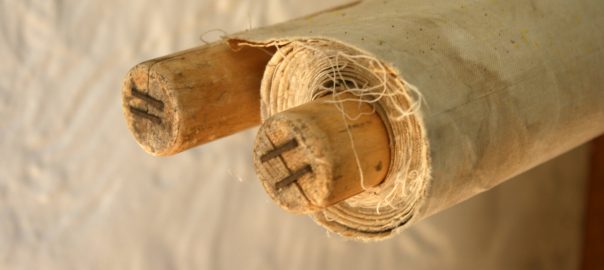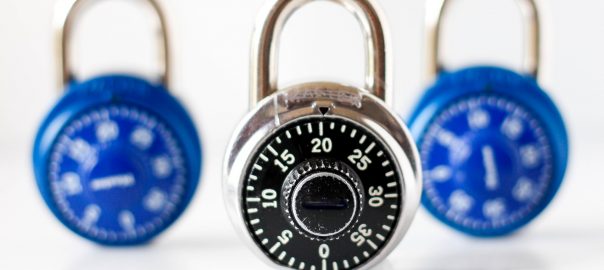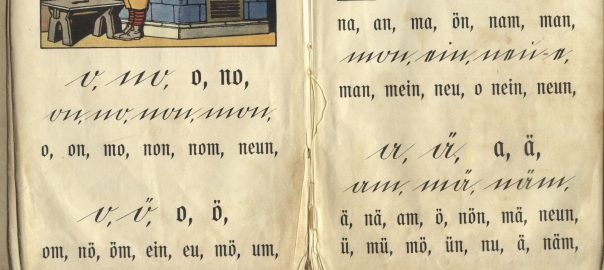If you’re into DNSSEC, you’ll probably have to troubleshoot or at least to verify it. While there are some good online tools such as DNSViz, there is also a command-line tool to test DNSSEC signatures onsite: delv.


If you’re into DNSSEC, you’ll probably have to troubleshoot or at least to verify it. While there are some good online tools such as DNSViz, there is also a command-line tool to test DNSSEC signatures onsite: delv.

I was interested in how a recursive DNS server resolves DNS queries in detail. That is, not only the mere AAAA or A record, but also DNSSEC keys and signatures, the authority and additional section when testing with dig , and so on. For this I made two simple DNS queries to my recursive DNS server which resulted in more than 100 DNS packets at all. Wow.
In the following I am publishing a downloadable pcap so that you can analyse it by yourself. Furthermore I am showing some listings and screenshots to get an idea of the DNS resolution process.

In my last blogpost I showed how to perform a DNSSEC KSK rollover. I did it quite slowly and carefully. This time I am looking into an emergency rollover of the KSK. That is: What to do if your KSK is compromised and you must replace it IMMEDIATELY.
I am listing the procedures and commands I used to replace the KSK of my delegated subdomain dyn.weberdns.de with BIND. And, as you might already suggested, I am showing DNSViz graphs after every step since it greatly reveals the current DNSKEYs etc.

Probably the most crucial part in a DNSSEC environment is the maintenance of the key-signing key, the KSK. You should rollover this key on a regular basis, though not that often as the zone signing keys, the ZSKs. I am doing a KSK rollover every 2 years.
In the following I will describe the two existing methods for a KSK rollover along with a step-by-step guide how I performed such a rollover for my zone “weberdns.de”. Of course again with many graphics from DNSViz (with “redundant edges”) that easily reveal the keys and signatures at a glance.

If you are already familiar with DNSSEC this is quite easy: How to sign a delegated subdomain zone. For the sake of completeness, I am showing how to generate and use the appropriate DS record in order to preserve the chain of trust for DNSSEC.

I am testing a lot with my own DNS servers as well as with third-party DNS implementations such as DNS proxies on firewalls, DNSSEC validation on resolvers, etc. While there are a number of free DNS online tools around the Internet I was lacking some DNS test names with certain properties or resource records. Hence I configured a couple of them on my own authoritative DNS servers and its zone weberdns.de.
For example, we encountered a bug on the Palo Alto DNS proxy that has not stored the TTL value correctly – hence some test names with different TTL values. Or we had some problems when a single DNS name has more than 15 IPv4/IPv6 addresses – hence some test names with lots of addresses. And many more: Continue reading DNS Test Names & Resource Records

One important maintenance requirement for DNSSEC is the key rollover of the zone signing key (ZSK). With this procedure a new public/private key pair is used for signing the resource records, of course without any problems for the end user, i.e., no falsified signatures, etc.
In fact it is really simply to rollover the ZSK with BIND. It is almost one single CLI command to generate a new key with certain time ranges. BIND will use the correct keys at the appropriate time automatically. Here we go:

To solve the chicken-or-egg problem for DNSSEC from the other side, let’s use an authoritative DNS server (BIND) for signing DNS zones. This tutorial describes how to generate the keys and configure the “Berkeley Internet Name Domain” (BIND) server in order to automatically sign zones. I am not explaining many details of DNSSEC at all, but only the configuration and verification steps for a concrete BIND server.
It is really easy to tell BIND to do the inline signing. With this option enabled, the admin can still configure the static database for his zone files without any relation to DNSSEC. Everything with signing and maintaining is fully done by BIND without any user interaction. Great.